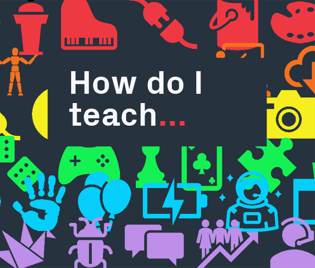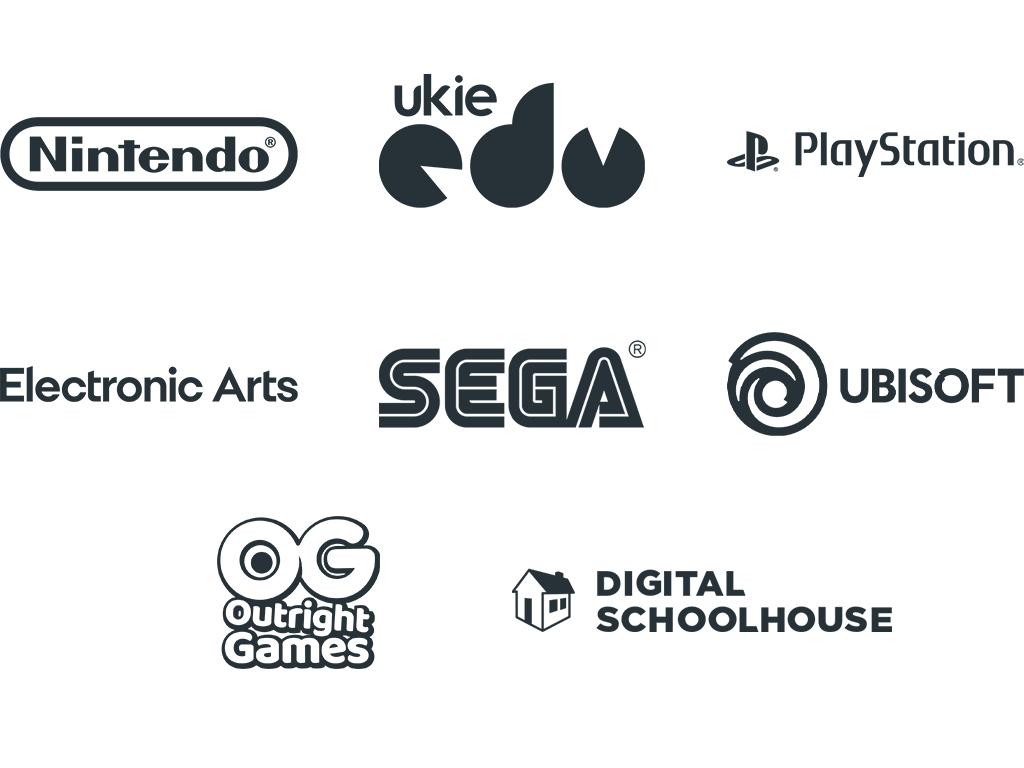
How to teach sequence, selection and repetition in programs in Key Stage 2 Computing
This months National Curriculum strand: use sequence, selection, and repetition in programs
This month our 'How do I teach...' blog will focus on ideas around how you could teach students to use sequence, selection, and repetition in programs.
Common misconceptions
- This strand requires programming. Once again, many teachers will feel that this strand has to be taught using a programming language - and there is a place for that, but a great way to introduce students to this strand is to use unplugged activities.
Cooking can be a fun way to get your students thinking about these new terms. Following a recipe in sequence to make cookies, using a loop or repetition to create multiple cookies and introducing selection when decorating them. You could ask students to pair up and introduce if statements - if student A likes blue icing add blue icing to your cookie etc. - All three elements of the strand have to be introduced together. I prefer to break these concepts apart when I start to teach them. Sequence is the easiest concept for students to grasp. Start with teaching students a simple dance routine and then begin to add complexity by adding one or other of the other concepts - loop the sequence or add an if statement to change what order the sequence is danced in.
Want to get your students programming? Create a simple animation sequence using backdrops in Scratch. Program the sequence to run using the 'Switch backdrop to' and 'Wait' blocks, then introduce repetition and add a 'Repeat' block around the sequence or selection using an 'If' block. The simplest way to introduce selection is to use the 'Ask' block and control what sequence is run based on the answer using the 'answer' block. - Primary students shouldn't use flowcharts. Flowcharts don't really begin to enter the curriculum until students start their GCSEs, but you'll see that we use them a lot in our workshop resources. I believe that flowcharts are the natural progression from designing algorithms using images and have found time and time again that primary pupils find them useful to conceptualise the flow of programs. Begin by representing a program in sequence using a flowchart, then demonstrate how to add arrows to loop the sequence. Finally, introduce the flowchart symbol for conditions and use a question to control running different sequences.
What resources do Digital Schoolhouse have to support the teaching of this strand?
Workshops
- Starlink: Battle for Atlas. This fun workshop, based on Ubisoft's Starlink, can be delivered in Scratch, Construct 3 or Unity so no matter what stage your students are at there is a programming language that will suit. Students create their own simple shooter game and along the way are introduced to programming using sequence, selection and repetition.
- Just Dance with the Algorithm. This workshop uses dance to teach students about algorithms. Pupils learn about sequence, selection and repetition using both plugged (Scratch) and unplugged activities.
- Rabbids Coding. The Rabbids Coding workshop introduces students to sequence through the use of both plugged and unplugged activities. Want to introduce the other concepts to your students? Check out the additional Rabbids Coding resources to create a scheme of work using the Rabbids Coding app on Apple or Android.
Playful Computing Activities
Origam-orithms: Algorithms. This simple activity is a great way to think about following instructions in sequence and introducing repetition. Students could take the idea further by designing a flowchart to simplify the instructions.
And there you have it, three workshop suggestions and a playful computing activity to help you deliver the use sequence, selection, and repetition in programs strand from the Key Stage 2 National Curriculum for Computing.
If you have any comments or queries about these resources, I'd love to hear from you - drop me an email at estelle@ukie.org.uk.
If you're not sure where these activities could fit into your curriculum or would like to see the resources in action first? You can book a free workshop with your local Schoolhouse.


